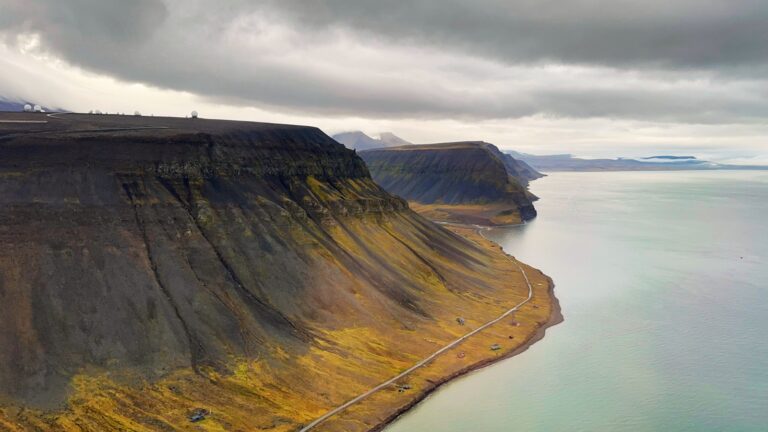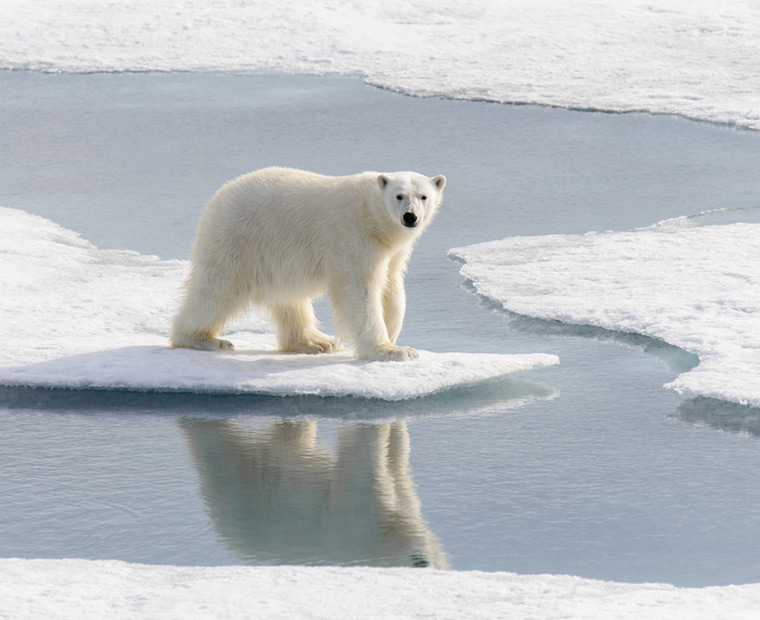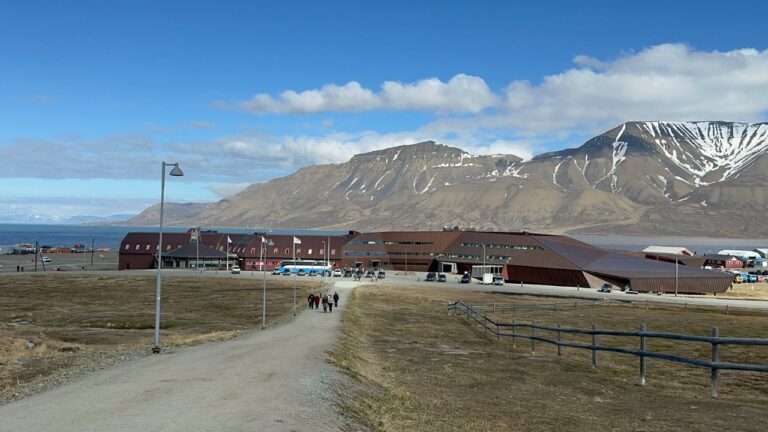The Arctic is changing rapidly, with shorter snow seasons, thawing permafrost, and shrinking sea ice impacting Norway and the world, as highlighted by NOAA’s 2024 Arctic Report Card.
Norway lies at the doorstep of the Arctic, a region that plays a critical role in shaping global climate, weather patterns, and ecosystems.

While the Arctic may feel distant for many, its rapid transformation has profound implications, both for those who call it home and for people around the world.
The 2024 Arctic Report Card, released in December by the National Oceanic and Atmospheric Administration (NOAA), a U.S. scientific agency, sheds light on the dramatic changes taking place in the region.
Compiled by 97 scientists from 11 countries, the report outlines the challenges faced by Arctic wildlife, communities, and ecosystems as the pace of environmental change accelerates.
The Arctic Is Changing Faster Than Ever
Over the past two decades, the Arctic has undergone nothing short of a stunning transformation.
Snow seasons are now one to two weeks shorter than they were historically, disrupting the delicate balance of ecosystems that depend on predictable seasonal changes.

A shorter snow season also means less water from snowmelt during spring and summer, increasing the risk of drought in some areas.
Sea ice, a crucial habitat for Arctic wildlife, has thinned and become mostly seasonal, a stark contrast to the thicker, more extensive ice of past decades.
Shorter ice seasons expose dark ocean surfaces that absorb more heat, intensifying air and ocean warming. This disruption forces ice-dependent animals ashore or into extended fasting periods.
It’s no surprise that the Arctic shipping season is growing longer, with more vessels navigating these once inaccessible waters.
The 2024 report highlights that this was the second-warmest year in the Arctic since records began in 1900, and the wettest summer on record.
From Carbon Sink to Carbon Source
For thousands of years, the Arctic tundra acted as a carbon sink, absorbing carbon dioxide from the atmosphere and storing it in frozen ground. But with permafrost thawing, this natural storage system is breaking down.
When permafrost thaws, it releases carbon dioxide and methane—powerful greenhouse gases—into the atmosphere, further fuelling global warming.

Wildfires in the Arctic are also becoming more frequent and intense, releasing additional carbon dioxide. These shifts mean the Arctic tundra has transitioned from a carbon sink to a carbon source, underscoring the urgency of reducing global emissions.
Regional Impacts and Wildlife Struggles
The Arctic Report Card, which looks at October through September each year, shows 2024 was the second-warmest year on record. However, people living in the Arctic often experience unpredictable weather that varies greatly by region or season.
For instance, while parts of North America and Eurasia saw more snow than usual last winter, the Canadian Arctic had its shortest snow season in 26 years. Losing snow earlier can reduce water supplies and increase the risk of wildfires.
Summer was the Arctic’s third warmest on record, with heat waves in Alaska and Canada causing record-high temperatures. At the same time, Greenland’s west coast had a cooler-than-normal spring and summer.
Although the Greenland Ice Sheet continued to lose ice for the 27th consecutive year, the loss was smaller than in recent years. These extremes make it hard for Arctic communities to plan and adapt to the rapidly changing environment.
Arctic wildlife is also feeling the effects. Ice seals, such as ringed and bearded seals, are adapting to changing diets as warming waters reduce the availability of Arctic cod, their preferred prey.
On land, caribou herds are declining due to climate change, habitat disruption, and human activity, raising concerns for Indigenous communities that rely on them for food and cultural traditions.
Norway and the Arctic
Norway has a unique connection to the Arctic. From the Svalbard archipelago to the northern mainland, the country’s economy, culture, and ecosystems are closely tied to this fragile region.
Changes in the Arctic also contribute to global challenges, such as rising sea levels, extreme weather, and pressure on food supplies.
As the Arctic changes, Norway has an important role to play in fostering sustainable development and supporting Indigenous knowledge, which has been vital in adapting to the region’s harsh conditions for centuries.
A Time for Action
The Arctic Report Card is a sobering reminder that the impacts of climate change are already here.
Natural systems that once helped mitigate global warming are now amplifying it. Cooperation to reduce emissions, adapt to changing conditions, and build resilience is more critical than ever.
Norway, as a gateway to the Arctic, has an opportunity to lead by example, championing efforts to protect this unique region and mitigate the far-reaching consequences of its transformation.

